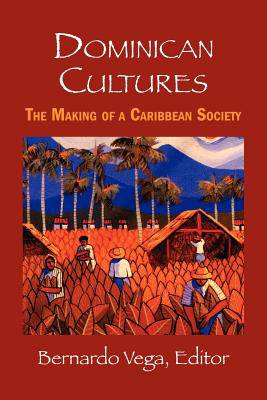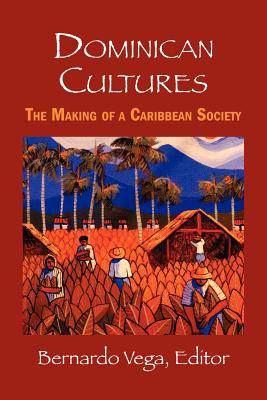
- Afhalen na 1 uur in een winkel met voorraad
- Gratis thuislevering in België vanaf € 30
- Ruim aanbod met 7 miljoen producten
- Afhalen na 1 uur in een winkel met voorraad
- Gratis thuislevering in België vanaf € 30
- Ruim aanbod met 7 miljoen producten
Zoeken
Dominican Cultures
The Making of a Caribbean Society
Bernardo Vega, Frank Moya Pons, Christine Ayorinde
Paperback | Engels
€ 32,95
+ 65 punten
Omschrijving
The Spanish brought their religion, language, values, and traditions to the island to form the cornerstone of Dominican culture. What is not as widely recognized is that a later influx of Germans, Irish, Italians, and Sephardic Jews from the Dutch Caribbean and Lebanon further enriched this culture. Moreover, traditional histories of the island have long overlooked the influence on the national heritage of black Africans, although their rich cultural legacy is evident in many areas. And while there has been ample discussion of the indigenous Taino people, very few of them survived over the centuries, and their imprint -- limited to agriculture, diet, language, and religion -- was less lasting. This distinctive cultural amalgam provides the backdrop for this book, which is the first to acknowledge the multicultural nature of Dominican society. Accordingly, it has become a classic text in the Dominican Republic. The contributors are Dominican scholars and journalists, many of whom have also served as diplomats, university professors, museum directors, and artists.
Specificaties
Betrokkenen
- Auteur(s):
- Uitgeverij:
Inhoud
- Aantal bladzijden:
- 272
- Taal:
- Engels
Eigenschappen
- Productcode (EAN):
- 9781558764354
- Verschijningsdatum:
- 20/05/2009
- Uitvoering:
- Paperback
- Formaat:
- Trade paperback (VS)
- Afmetingen:
- 152 mm x 229 mm
- Gewicht:
- 403 g

Alleen bij Standaard Boekhandel
+ 65 punten op je klantenkaart van Standaard Boekhandel
Beoordelingen
We publiceren alleen reviews die voldoen aan de voorwaarden voor reviews. Bekijk onze voorwaarden voor reviews.











